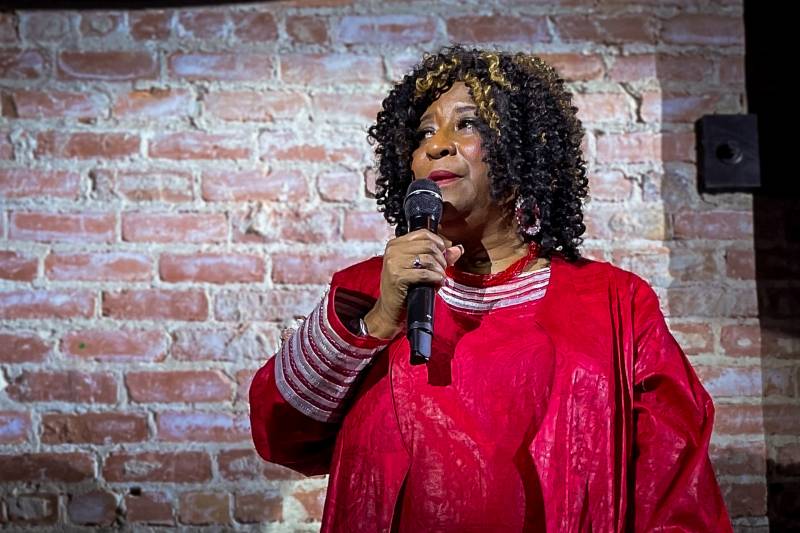Even before the new rules were adopted, the county used a hodgepodge of state and county rules to govern different aspects of the recall.
In July, the registrar used county rules to determine how many signatures SAFE needed to gather. After SAFE submitted signatures on March 4, the registrar failed to complete its count by the county charter-mandated deadline of 10 days. The registrar then applied state rules to set a new 30-day deadline for completing the count.
While tabulating the signatures between March 4 and April 15, Protect the Win, a committee formed to support Price, argues that the registrar appears to have ignored a portion of the county charter that required all signature gatherers to be registered voters in Alameda County. Price’s attorney said the recall count was illegal.
“We’re going to ask the board of supervisors to do the right thing,” said James Sutton, an attorney for Protect the Win. “Either don’t put it on the ballot because it’s illegal, or at the very least, have the county go to court to have a judge answer these questions.”
Sutton said he asked the registrar how many signatures were collected by people who were not registered as voters in Alameda County but hasn’t received a response.
The registrar and the county counsel have not responded to KQED’s requests for comment. But in a letter to the board in November, Donna Ziegler, the county counsel, called the requirement that signature gatherers be registered county voters “unconstitutional,” citing U.S. Supreme Court decisions that found similar requirements for circulating initiative petitions invalid.
Sutton said the county doesn’t get to decide whether or not to follow a rule that’s still on the books — even if that rule might lose in a court battle. He said the county should have gone to a judge to get an opinion on whether it should enforce the rule. The legal determination, which resolves uncertainty for litigants, is known as declaratory relief.
David Levine, a UC Law SF professor and civil procedure expert, told KQED that the registrar’s decision to follow its counsel’s opinion was not necessarily wrong.
“Counties make decisions all the time, saying, ‘Well, we think this is the right way to go.’ But, of course, somebody might disagree,” Levine said. “They might sue, and declaratory relief could have been an option at that point, but I don’t see it as being required.”
Levine said the county was likely trying to maneuver out of a tough spot.
“My guess? They’re trying to follow the stricter rule first,” he said. “And when they couldn’t comply with the stricter rule, they said, ‘Well, we at least have an argument for the looser state rule, so let’s go with the looser rule.’”
SAFE has been inconsistent about which rules it thinks should apply to recall procedures.
In a letter to the Board of Supervisors on April 22, SAFE asked the supervisors to follow the county’s mandate that an election be scheduled between 35 and 40 days from receiving notice from the registrar that the signatures qualified for a recall election. In the same letter, SAFE requested Supervisor Nate Miley add an agenda item for Tuesday’s meeting instructing the board to set an election date using the state’s scheduling timeline of 88 and 125 days.
At a press conference on April 16, Carl Chan of SAFE alleged that the registrar’s rejection of 39% of the recall signatures was in part due to the registrar improperly imposing a county rule requiring signers to include their occupation with their signature. Chan said the county should have followed the state rules, which don’t require an occupation.
SAFE’s Brenda Grisham said an election should be scheduled without delay following the certification of recall signatures, citing the county charter. She said the county has never clearly laid out what recall rules it would follow and how the passage of Measure B might change them.
“They just wanted to toggle between the two,” she said. “And so we’re going to toggle with them, whichever one is best for us.”
